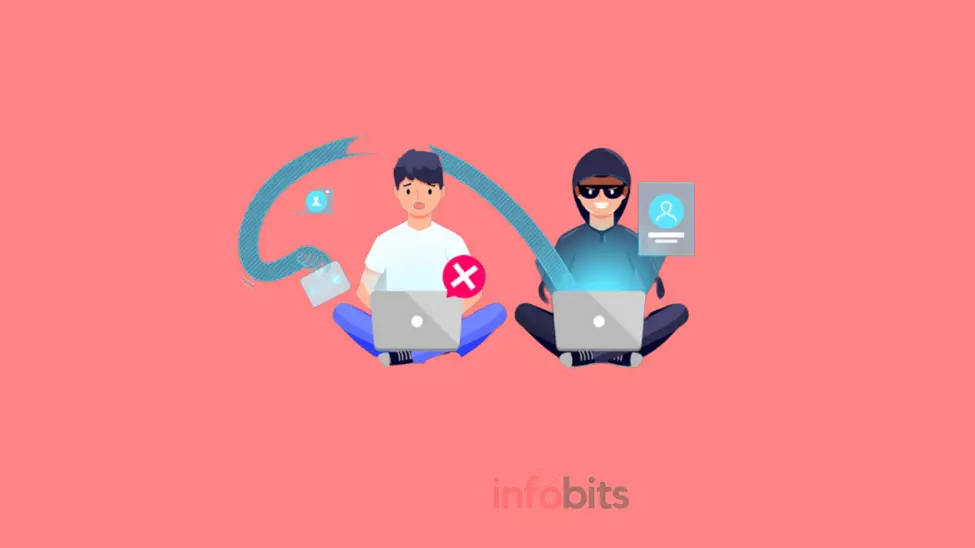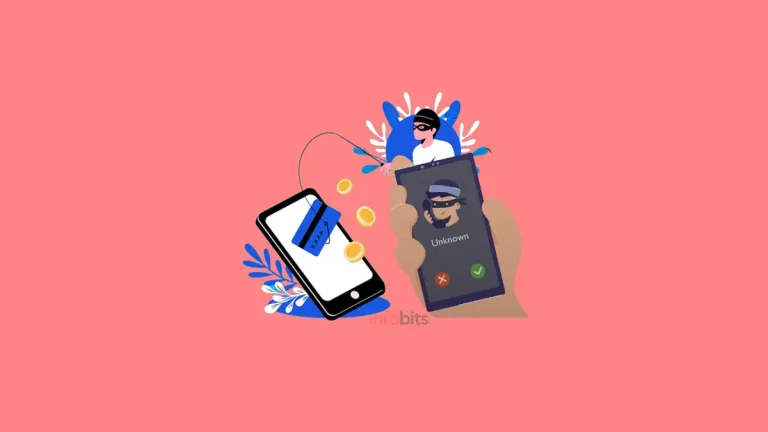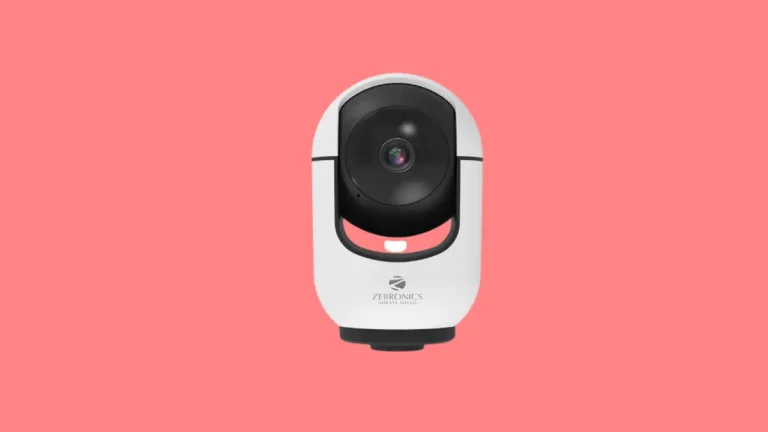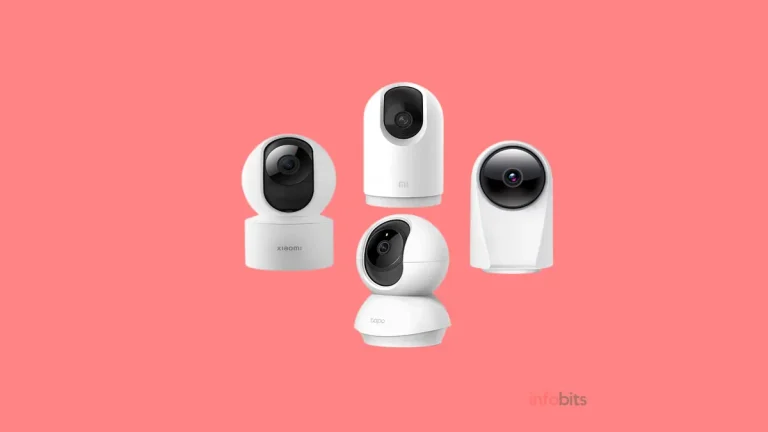How to Hack Your Bank Account by Hackers and How It Can Be Protected?
Nowadays, the majority of bank customers use Internet banking or digital banking. It is extremely beneficial to them because they can conduct their banking transactions without leaving the comfort of their home or office.
Banks also encourage their customers to use their online banking platforms. The COVID-19 epidemic condition has had a significant impact on this digital transformation.
Even ordinary people are compelled to use digital transaction methods such as Internet banking, mobile banking, UPI transactions, and e-commerce transactions.
We already have an article about UPI and the things to keep in mind when undertaking UPI transactions, which is worth reading in this context.
The Necessity of Protecting Your Bank Account
With the growing number of online users, online thieves, and hackers are attempting to spy on you and steal money from your account. They are constantly considering how to hack bank accounts.
As a result, every online banking user should be aware of the various methods used by these hackers, as well as how to protect bank accounts from hackers.
With so many people switching to online banking, it’s no surprise that hackers are on the lookout for user login credentials.
As far as online banking user is concerned, login credentials are the most important information they must keep secret.
In some cases, even your bank will be unable to assist you if you have lost these details. As a result, hackers are constantly attempting to gather these details in various ways.
As a responsible online banking user, you should be aware of the methods used by these hackers and how to protect bank accounts from hackers without falling into their trap.
Most Internet banking users are unfamiliar with digital banking, making them easy prey for these online criminals.
Understanding how hackers gain access to your bank accounts is extremely beneficial. Here are a few ways that hackers can gain access to your Internet bank account or mobile banking app.
More interestingly, in most cases, hackers gain access to your bank account solely through information obtained from you which enables them to hack your bank account easily.
We do not wish to conceal the rare instances of bank server hacking that have occurred in some parts of the world.
However, the dimensions to which these criminals will gain access to your funds may astound you.
Here’s how hackers target your bank account and how to protect your bank accounts from hackers by yourself.
1. Fake Banking Websites or Banking Apps
Hackers use this method to force online users to use bogus bank websites or mobile apps.
Users are receiving links in the form of emails, SMSs, or social media links as if they were from their bank. It may contain fake bank account balance details, some offers, or other cashback offers in most cases.
When a user clicks on this link, they will be redirected to a website or fake mobile app that looks exactly like your official banking website or app. If we enter our login credentials here, these online criminals will be able to access your Internet banking account.
In addition, when you search for your bank’s name in a search engine like Google or Bing, you may encounter fake websites alongside the originals in the search engine result pages.
If we unintentionally click on this fake website, we will be taken back to the hacker’s world.
How Can You Protect Yourself from Fraudulent Websites and Mobile Apps?
Always obtain the original website address from the local branch of your bank. You can also look for it in your Internet banking kit or in the mail you received from your bank.
Before you proceed, type this bank address into your browser (do not try to search and click) and double-check the spelling.
If you go to the bank’s website by clicking a link on the SERP page, always double-check the website address before proceeding.
It is recommended that you bookmark the correct website address in your browser for quick access.
Use good internet security software, such as Bitdefender or Norton, on your device at all times. The majority of leading security software warns you about fraudulent websites.
Related: Best Free Antivirus Applications For Android
When you want to install a mobile banking app on your mobile device, simply follow the mobile app link from the bank’s original website.
You will then be directed to the respective app store (Google Play Store or Apple App Store) for the original mobile app.
2. Mobile Banking Trojans
Trojans are malware that masquerades as legitimate software and is capable of collecting user data without their permission or knowledge.
These trojans can take complete control of your device and send your data, including your Internet banking or mobile banking credentials.
As previously stated, you can now manage your entire financial life from your smartphone. A bank will usually provide you with an official app that allows you to log in, check your account, and conduct banking transactions.
Malware developers take advantage of this opportunity by embedding trojans in their phoney mobile banking app and using it as the primary layer of attack against online banking customers.
All duplicate banking apps are designed to keep your online banking account in mind. A simpler type of attack is spoofing an existing banking app and forcing or deceiving a customer to install it.
A virus author creates a replica of a bank’s application and distributes it via third-party websites. When you enter your login and password into the duplicate app after downloading it, the Trojans immediately deliver these details to the hacker’s hand.
The most sophisticated variant is there for the mobile banking Trojan. These aren’t usually disguised as a bank’s official app; instead, they appear and behave like unrelated software while containing a Trojan.
When you install this app, the Trojan begins searching your phone for financial apps.
When the virus detects a user using a banking app, it displays a window that looks exactly like your mobile banking app.
Related: How to protect your phone from viruses and malware?
Because the interfaces of the fake mobile apps are so similar, the user will not notice the difference and will enter their credentials into the false login page of this fake app. The virus creator receives the user credentials in this manner.
However, in most countries, including India, to complete an online transaction, the user must enter an OTP, which is typically received as an SMS on their mobile phone.
Some of the most recent trojans are capable of reading your phone’s SMS and sending it to cybercriminals indefinitely.
How to Safeguard Yourself Against Trojans in Mobile Banking?
To avoid these trojans, the first and most important step is to always download the original mobile banking app on your phone.
The mobile app can be downloaded directly through the link on the bank’s official website. Always download mobile apps, including banking apps, from official app stores, such as the Google Play Store or the Apple App Store.
When you download an app, keep an eye on the number of downloads, user ratings, user reviews, and so on in the app store. We can identify a duplicate or malware app from the app store because it has few or no downloads and few or no reviews.
Official applications should have a high number of downloads, depending on the popularity of the bank.
Always avoid downloading and installing apps from sources other than the official app store, especially on devices used for banking transactions.
Similarly, be cautious about the permissions you grant to applications when they are installed. Be careful and do not allow a mobile game to install if it requests permissions without explaining why it needs them.
Even “harmless” services, such as Android Accessibility Services, can be abused by the wrong people.
Finally, do not download banking apps from third-party websites because they are more likely to contain viruses. Official app stores aren’t without flaws, but they’re far safer than visiting a random website on the internet.
3. Incorrect Customer Service Phone Number
Criminals also use a different hacking method by publishing incorrect customer service numbers for well-known banks.
In this case, cybercriminals create websites or social media pages that include a fake customer service number. Normally, search engines will index these websites or pages in their result pages.
When a customer searches for their bank’s customer number in a hurry, they will come across this bogus number. Normally, a customer dials this number to get help with any of their problems, and the hacker on the other end pretends to be a bank customer service representative.
As a result, hackers gradually capture all of the details, including the account details, card details, and OTP received, by convincing the customer that this is part of the verification process.
The user will then lose complete control of their account, resulting in a massive financial loss. Customers may receive calls from these types of fake numbers and attempt to obtain information from them.
How Can You Protect Yourself from These Bogus Calls?
Always keep the correct customer service number for your bank, as well as the contact information for a local branch office, on your phone.
The correct number can be obtained from the local office, the bank’s website, or a mobile app.
Even if they claim to be from government departments, do not respond or share any personal, login, transaction, OTP, CVV number, or card expiry date information with anyone.
Your bank will never request these details, and they already have them (except your login credentials).
Related: Fake Video Call Using Artificial Intelligence: How to Spot the Fake Call?
4. Phishing
Hackers will also use phishing to steal your data. You are receiving emails or messages from a hacker that appear to be from your bank or another trusted source.
Most likely, a hacker obtains your email address and other information by hacking into other websites that contain your personal information.
To increase your trust in the mail, you may be saluted with your first name in the mail or message. As a result, there is a good chance that you will open the message and click on the link(s) it contains.
By clicking on this link, you may be able to download malware such as Trojans onto your device. Phishing is a term used to describe this type of hacking.
As the public becomes more aware of phishing techniques, hackers have increased their efforts to trick users into clicking their links. This attack is particularly damaging due to the difficulty in detecting fraud.
How to Secure Yourself Against Phishing
Naturally, if an email address or phone number appears suspicious, proceed with caution when reading its contents.
When you receive a mail or message, always check the sender’s email address or phone number.
The email may appear to be from your bank, but the domain name in the email ID may be different.
If you are still unsure, contact the bank’s official customer service number or send a mail to them.
5. Keyloggers
This is one of the more devious methods a hacker can use to gain access to your bank account. Keyloggers record everything you type on your keyboard.
Keyloggers are a type of malware that records everything you type and sends it back to the hacker. This keylogger may appear to be harmless and insignificant at first glance.
Some key loggers, like trojans, can transmit data as soon as they receive it.
Consider what would happen if you typed in the URL of your bank’s website, followed by your username and password. The hacker would have all of the information needed to gain access to your account!
How to Defend Yourself Against Keyloggers
Install a reliable antivirus program and ensure that it scans your computer regularly. A good antivirus program will detect and remove a keylogger before it causes any harm.
We always recommend Bitdefender or Norton, which are two of our personal favourites.
Set up two-factor authentication if your bank supports it. Even if a hacker obtains your login information, they will be unable to replicate the authentication code, rendering a keylogger ineffective.
6. Attacks by a Man-in-the-Middle
To obtain your personal information, a hacker may target your communications with your bank’s website.
Anyone in the middle can steal your data if this communication does not take place over an encrypted channel. This is a Man-in-the-Middle (MITM) attack, which occurs when a hacker intercepts communications between you and a legitimate organization.
An MITM attack typically involves monitoring an unsecured server and analyzing the data it sends and receives.
Hackers can “sniff” out and steal your login credentials if you communicate them over this network.
When you type a URL, a hacker may use DNS cache poisoning to change the site you visit.
When you type www.yourbankswebsite.com, it will be redirected to a hacker’s clone site as a result of the tainted DNS cache.
This cloned site will appear to be genuine, and if you’re not careful, you’ll find yourself providing your login information to the counterfeit site.
How to Guard Against Man-in-the-Middle Attacks?
Anything, especially banking transactions, should be avoided on an unprotected or public network.
To be safe, use something more secure, such as your home Wi-Fi. Make sure your home network is also password-protected.
When logging into a sensitive site, such as a bank, always look for HTTPS in the address bar. If you don’t see it, you’re probably looking at a fake website!
If you want to perform sensitive activities over a public Wi-Fi network, why not take control of your privacy?
A VPN service encrypts your data before it is sent over the network by your computer. If someone is watching your connection, they will only see encrypted, unintelligible packets.
There are good VPN services available on the market as a separate service or bundled with the security suite, such as those provided by Bitdefender.
7. SIM Card Swapping
To complete a banking transaction, a user must enter the OTP on the bank’s transaction page. This OTP is delivered to the user’s registered mobile phone. number.
Even if hackers have our banking login credentials, they can’t do anything if they don’t get this OTP. So they try to obtain our phone number and apply for a duplicate SIM card with our phone number.
A hacker impersonates you and calls your network provider to perform a SIM swap or SIM replacement.
They claim to have misplaced their phone and want their old number (your current number) transferred to their SIM card. If they succeed, the network operator will deactivate your SIM card and replace it with the hackers’.
In this manner, the hacker obtained your mobile number and gained access to all of your banking transactions associated with this mobile number.
SIM Swapping: How to Protect Yourself
Naturally, mobile networks will question the person requesting the transfer to ensure that they are who they claim to be.
As a result, to carry out a SIM exchange, fraudsters typically gather personal information to pass the verification process of the respective customer service centre.
Even so, some network providers provide insufficient checks for SIM transfers, allowing hackers to easily pull off this trick.
Keep your personal information hidden at all times to avoid having your identity stolen. Check to see if your mobile carrier is doing anything to keep you from switching SIM cards.
Also, keep an eye on the SIM card’s functionality. If it does not work for more than 30 minutes, even if you are in a mobile coverage area, you must immediately contact your mobile service provider’s customer service number and inquire about the status.
If you learn that someone has requested a SIM swap, ask them to halt the process, contact the customer service centre, and file a complaint with the nearest police station.
If you keep your information private and your network provider is vigilant, a hacker attempting to SIM swap will fail the identity check.
Securing Your Financial Information Online
Internet banking benefits both customers and hackers. Fortunately, you can take precautions to avoid becoming a victim of one of these attacks.
If you keep your personal information secure, hackers will have very little to work with if they target your finances.
Why not take your banking security to the next level now that you understand the methods hackers use to gain access to your account?
There are several ways to protect bank accounts from hackers, from changing your password regularly to simply checking your statement once a week.
We will regularly update this article about how to protect bank accounts from hackers, based on the latest details. Please follow our Facebook, Instagram, and Twitter pages for regular updates.
Subscribe to our free newsletter to get similar articles and regular updates directly in your Email Inbox.
Disclosure: Please keep in mind that certain links on this website may be affiliate links. This means that if you click on one of these links and make a purchase, we may receive a small compensation at no extra cost to you. We only suggest items or services in which we believe and have found value.






